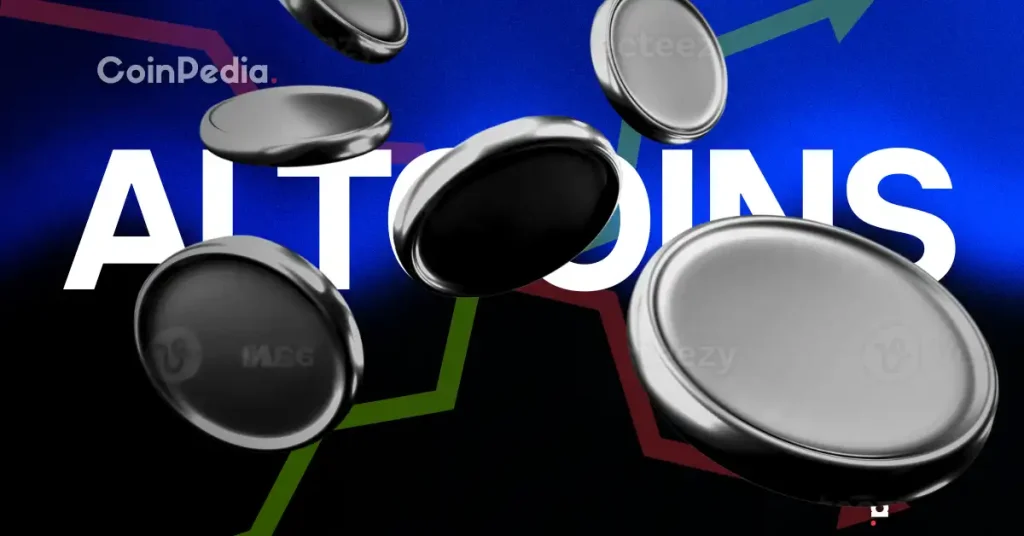Tether has embarked on a bold expansion into the American digital currency market by launching a new stablecoin, known as Tether USA₮. This move positions Tether to exploit emerging opportunities within the U.S. market, especially in the wake of recent regulatory changes in the stablecoin arena that followed the implementation of new U.S. legislation. The company is banking on its substantial global experience with USDT to strategically maneuver through the complexities of the American financial sector.
Tether’s Strategic Moves in the U.S. Market
Guiding this new venture is Bo Hines, who previously served as Executive Director of the White House Crypto Council. Appointed as the CEO of Tether USA₮, Hines is tasked with leading the introduction and operational management of the stablecoin. Paolo Ardoino, Tether’s CEO, voiced his confidence in this direction,
“Today, with the introduction of USA₮ and Bo Hines’s appointment as the future CEO of Tether USA₮, we are taking the next natural step, bringing that same strength to the U.S. under a world-leading U.S.-regulatory framework.”
This underscores the commitment to compliance, using Tether’s well-established global operational structure as a solid foundation.
Challenges and Strategies for Regulatory Compliance?
Answering the regulatory demands, Tether USA₮ is being developed to adhere to the GENIUS Act, the legislation overseeing stablecoin operations in the U.S. The deployment of advanced technologies like Hadron has been coupled with strategic partnerships, notably with Anchorage Digital and Cantor Fitzgerald. These alliances are pivotal, with Cantor Fitzgerald acting as reserve custodian and primary dealer, ensuring secure and compliant transactions.
This coordinated effort is aimed at fortifying the USA₮’s stability and standing within a competitive industry. According to Bo Hines, the initiative will help maintain the U.S. dollar’s dominance in the digital realm,
“By building USA₮ with compliance, transparency, and innovation at its core, we are ensuring that the dollar remains the foundation of trust in the digital asset space.”
For Tether, with its USDT already holding a $170 billion market cap, this launch promises to leverage existing market strength. However, navigating the distinct U.S. regulatory and market environment poses distinct challenges and opportunities that demand strategic agility.
Financial and digital asset sectors will be monitoring Tether’s actions closely. If Tether USA₮ is successfully implemented, it could reshape the stablecoin utilization landscape within the U.S.’s current financial infrastructure, setting a benchmark for compliance and operational standards.
– Compliance: Aligning with the GENIUS Act ensures adherence to U.S. regulations.
– Partnerships: Collaborations with key players bolster credibility and implementation integrity.
– Leadership: Bo Hines’s appointment underscores the emphasis on regulatory and operational leadership.
– Innovation: Emphasis on maintaining the U.S. dollar’s pivotal role within digital currency.
Tether’s strategic moves will undoubtedly also affect discussions about stablecoins’ role in conventional economies, guiding future industry trends and regulatory expectations. As Tether navigates this new chapter, it aims to blend technological innovation with regulatory compliance to shape its influence on a global scale.
Disclaimer: The information contained in this article does not constitute investment advice. Investors should be aware that cryptocurrencies carry high volatility and therefore risk, and should conduct their own research.

















 English (US)
English (US)